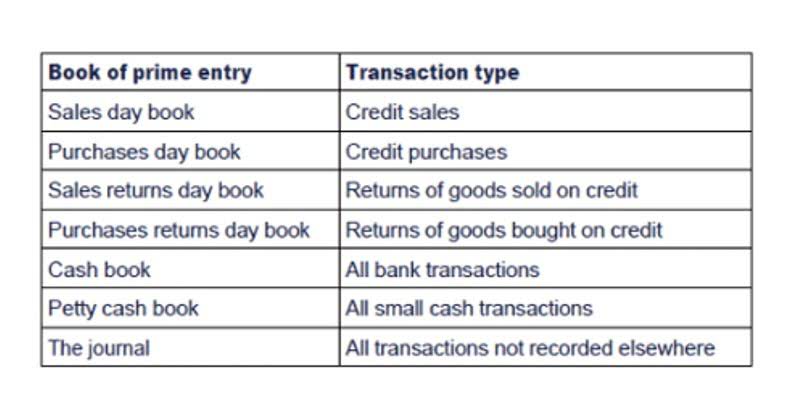Encumbrance accounting Definition
Hello world!
March 9, 2021Addiction Recovery: Seven Great Art Project Ideas
October 13, 2021
The purchasing company spends the encumbered amounts after confirming vendor invoices referring to the purchase order. This results in a credit of the invoice amount to the encumbrance account, reducing its balance. Encumbrance entries are primarily recorded to monitor expenditures and to ensure that the allocated budget is not exceeded. When contracts and obligations come up, encumbrances reserve a specific amount from the appropriations. The encumbrances amount stays on an accounting balance sheet but is reported as assigned, committed, or restricted.
When a real estate property has a lien or easement, it is considered encumbered. The real estate term has nothing to do with encumbrance entries in accounting. The main currency used by the organization to conduct its operations is used when encumbering the items.
How Can Opening A Bank Account Help You With Your Financial Plan And Money Management?
This proactive approach allows resources to be managed more effectively and avoids the cash being spent before it is needed. Are you interested in finding out more about how automation can empower your team and increase your visibility and expenditure encumbrance accounting control? Encumbrance accounting has three main phases, in line with those for procuring goods or services. To get a deed restriction on your property, you’ll likely need to fill out an application and record it with the county clerk.
- Encumbrance accounting is often used as a planning tool for budgetary control, particularly in government organizations using government accounting standards and nonprofits.
- You can review the cumulative funds available total only by selecting Year-to-Date Extended (or Project-to-Date) as the amount type.
- Incorporating encumbrance accounting enhances transparency in financial reporting as stakeholders are given a full insight into the committed funds and planned expenditures.
- Encumbrance accounting plays a crucial role in the financial management of organizations, particularly those with complex budgets and financial commitments.
- That is why lenders require a title report as part of the home buying process.
Options trading entails significant risk and is not appropriate for all customers. Customers must read and understand the Characteristics and Risks of Standardized Options before engaging in any options trading strategies. Options transactions are often complex and may involve the potential of losing the entire investment in a relatively short period of time. Certain complex options strategies carry additional risk, including the potential for losses that may exceed the original investment amount. Similar to a deed restriction, to get an easement, you’ll need to record the agreement with the county clerk. Both the property owner that is granting the easement and the person using the easement must sign the document.
Q: What expenses can be included in encumbrances?
In the second step, the items are unencumbered once they’ve been transferred to accounts payable. A lien is a monetary claim against a property because of an unmet obligation, such as unpaid debt. Liens affect the transfer of title when you sell the house because they give a creditor the right to sell the property to ensure payment. Pre encumbrance is a commitment to pay in the future for the goods or services that are ordered but not yet received. It reserves the money for your future payments so the money cannot be used for any other activities than what it is intended for. This encumbrance is later converted to expenditures when goods or services are subsequently procured.

Additionally, AI can automate repetitive tasks, such as generating encumbrance reports, freeing up time for finance professionals to focus on more strategic initiatives. Encumbrance data enables budgetary control, letting your company better understand where they are financially at any given time. https://www.bookstime.com/articles/how-much-does-a-cpa-cost Since the money that the company will spend later is tracked, a company can keep from overspending. By making visible the amount of money you plan on spending in the future, you can more accurately see how much money you can spend on future projects or purchases without going over budget.
Types of Encumbrances
Incorporating encumbrance accounting enhances transparency in financial reporting as stakeholders are given a full insight into the committed funds and planned expenditures. While encumbrance accounting provides numerous benefits, each sector also faces unique challenges and considerations. In government, public sector, and non-profit organizations, strict regulations and reporting standards must be adhered to. The complexity of budgetary processes, shifts in funding sources, and changing priorities pose additional challenges.
In the realm of accounting, an encumbrance refers to a commitment or obligation to use financial resources for a specific purpose. It represents a portion of allocated funds that are “set aside” or “reserved” for a particular expense or financial obligation. The encumbrance accounting entry is done for funds set aside for future expenses that are liable to be paid. These expenses have not been billed yet, but money has been set aside from the company’s budgets.
